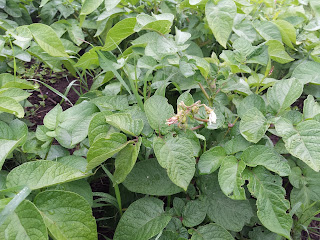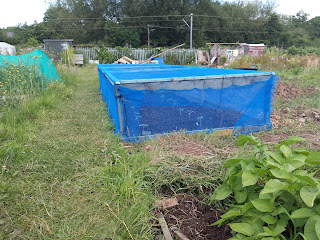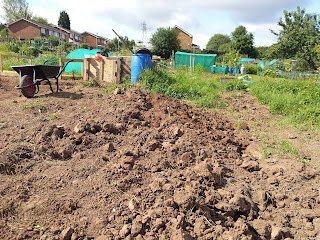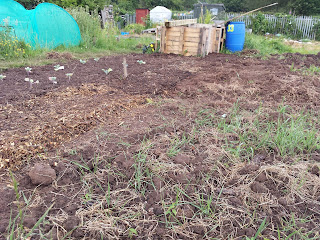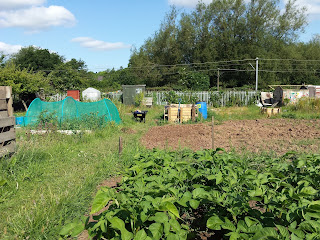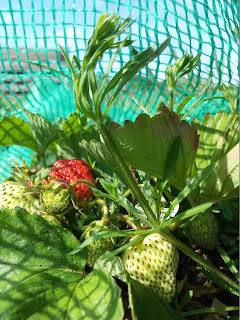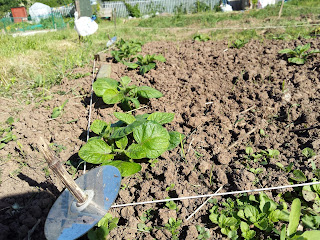Take a look at this beauty. Don't know where this courgette came from but I've been a little busy the last couple of days so have been unable to head down to the allotment and check on the plants development. So this guy really shot out of nowhere for me on Sunday. Really looking forward to cooking this bad ass elite
In the future I'll probably look into video's to show how and what I end up using/ cooking out of the veg fruit I grow. Till then I'll leave you this image of a big juicy courgette.
Image 1
One other thing to mention about courgettes is that it is better to pick the courgette once it has ripened or about 10mc long. You don't need to measure them for the length just a rough guess will do. However picking about so I read and been told three times a week help the plant throughout the year. Keeping the plant strong and healthy. So always keep an eye on the courgette.

